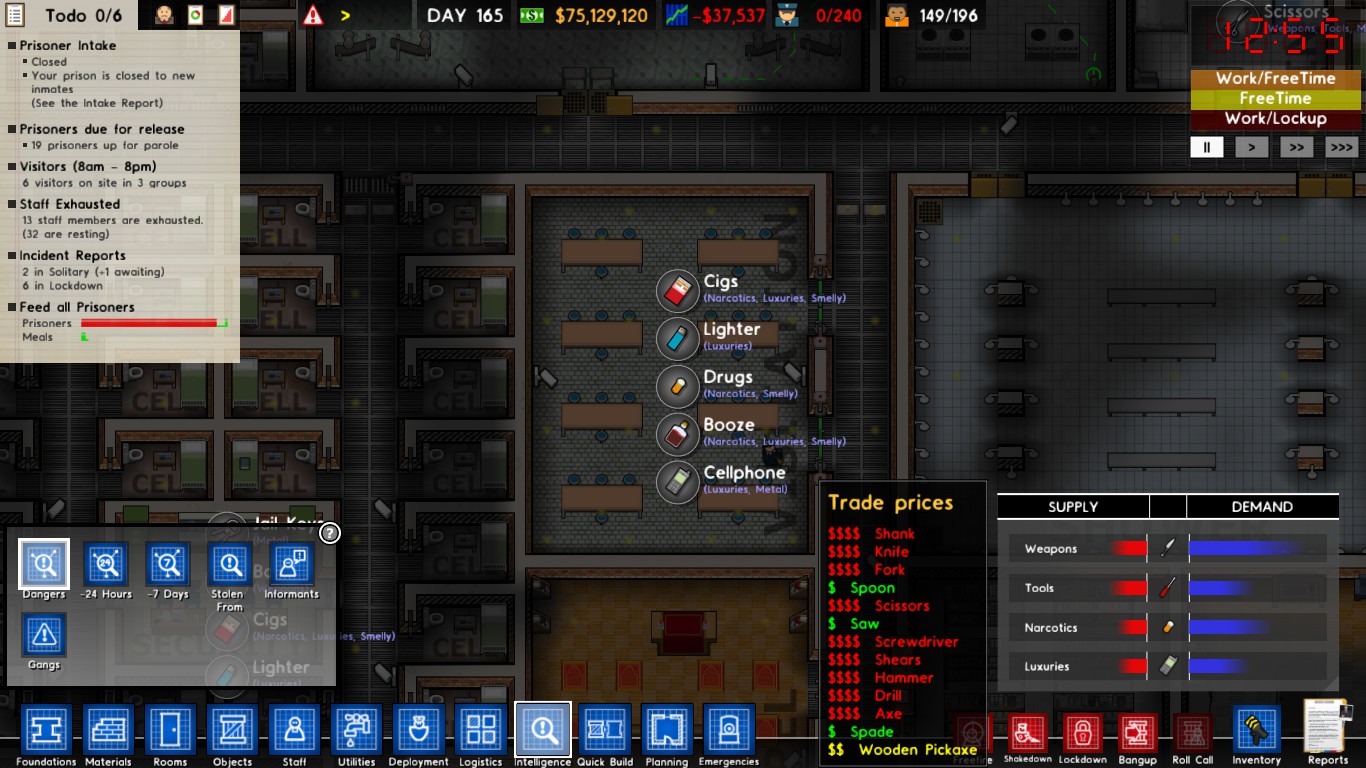

The second party system: the Jacksonian Democrats vs.Meanwhile, the Federalists (who will essentially become National Republicans and then Whigs in the next party system before becoming Republicans) are the aristocratic “big government” party favored in the North. In this system, the anti-Federalists and then Democratic-Republicans (who essentially go on to become Democratic Party in the second party system) are the “small government” party favored in the South. Adams (where the parties switch back to a two-party system). Anti-Federalists, to the Jeffersonian Democratic-Republicans, to the Era of Good Feelings (where both parties “switch” to becoming the “one-party” Democratic Republicans). The first party system: The Federalists vs.The “party systems,” AKA eras of the United States political parties, can be described as follows (where the main things that “switch” in each party system are key factions, party leaders, geographical voter bases, and specific planks of party platforms): This overview will help to confirm the truth of the matter, which is, semantics aside, things indeed did change. To do that, we’ll start with an overview of the party systems. Below we cover the details of what changes occurred and what they mean in context… and explain the history of the Democratic and Republican party in the process. party history and to some degree the term “switch” can be underwhelming when it comes to really explaining the nuance of what changed in terms of parties over the course of US history. Any of those links will give you a look at the basics of what did and didn’t change, but the details are as complex as U.S. Or, you can dig through the historic party platforms. Or, you can see the “solid conservative south switch” specifically by looking at the electoral map of the solid south over time. Or, you can see it by comparing which congressional seats were controlled by which parties over time (try comparing the 115th United States Congress under Trump to the 71st United States Congress under Hoover for example). Although what happened is complex, in many cases there was no clean sudden shift, and some voter bases and factions never switched, you can see evidence of the “big switches” by looking at the electoral map over time (where voter bases essentially flipped between 1896 and 2000). Today it is the opposite in many respects. Third parties aside, the Democratic Party used to be favored in the rural south and had a “small government” platform (which southern social conservatives embraced), and the Republican party used to be favored in the citied north and had a “big government” platform (which northern progressive liberals embraced). The changes then unfolded over the course of decades to create what historians call the “ Party Systems.” īottomline and clarity on the semantics of the term “switch”: The parties changed over time as platform planks, party leaders, factions, and voter bases essentially switched between parties.

These switches were typically spurred on by major legislative changes and events, such as the Civil War in the 1860s, and Civil Rights in the 1960s. The US political parties, now called Democrats and Republicans, switched platform planks, ideologies, and members many times in American history. Did the Democrats and Republicans “Switch Parties”?


 0 kommentar(er)
0 kommentar(er)
